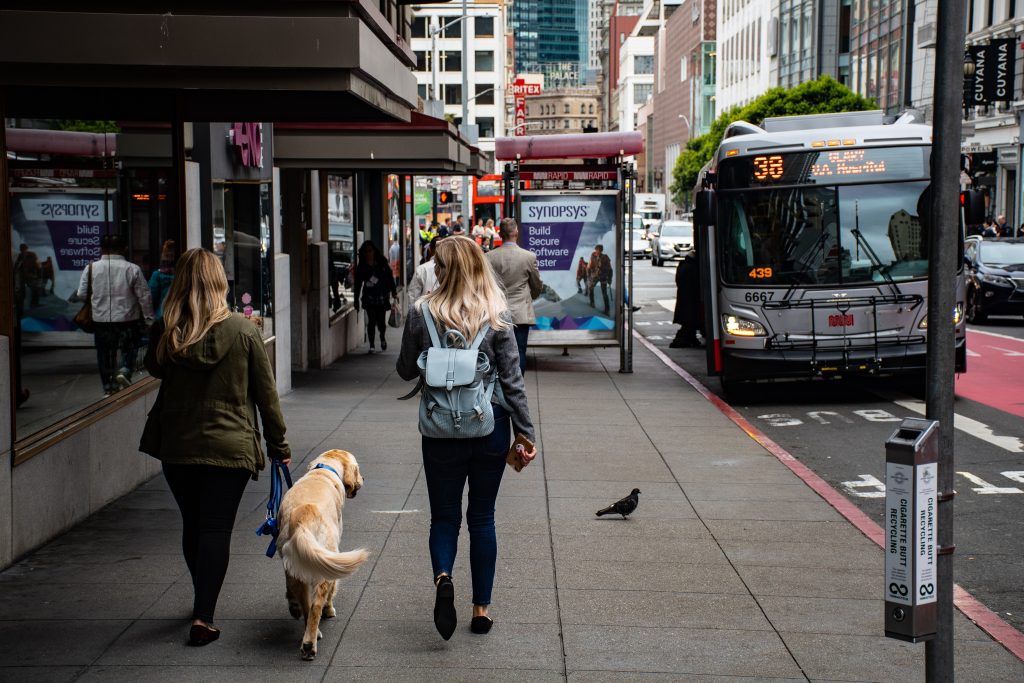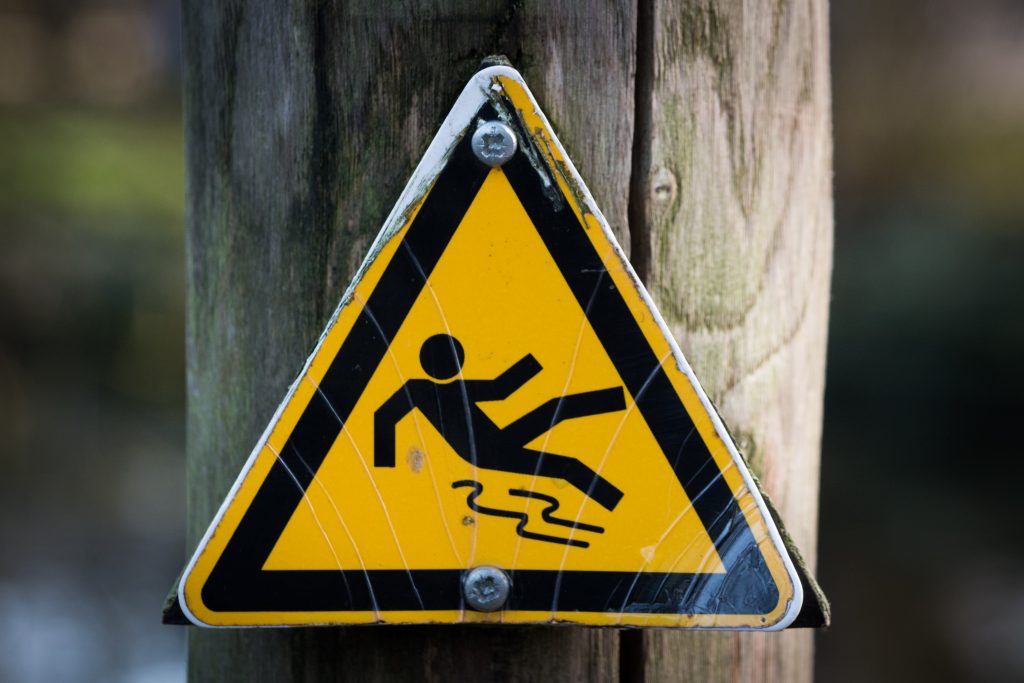 Vacations should be a time for relaxation and unwinding from the stresses of everyday life. No one who spends their hard-earned money renting a vacation condo expects to be injured during their stay. But how much responsibility does the owner of the condo have for maintaining the furniture in the unit?
Vacations should be a time for relaxation and unwinding from the stresses of everyday life. No one who spends their hard-earned money renting a vacation condo expects to be injured during their stay. But how much responsibility does the owner of the condo have for maintaining the furniture in the unit?
Elizabeth Alvarado rented a condo at the Lodge at the Buffs, a resort in St. Francisville, Louisiana. Unfortunately, Alvarado was severely injured inside the condo when a stool she was sitting on collapsed underneath her. Alvarado filed a lawsuit against the Lodge and also Cole Properties, the owner of the condominium unit. Both the Lodge and Cole Properties denied any wrongdoing and filed a motion for summary judgment to dismiss Alvardo’s lawsuit.
According to Alavardo, the stool was missing screws, which caused it to collapse. In the rental agreement for the condo that Alvarado signed, it stated that Cole Properties was responsible for furnishing and maintaining a rental unit. However, it was up to Lodge to notify Cole Properties of any defects in a unit. The trial court granted the defendants’ motion for summary judgment, reasoning that neither the Lodge nor Cole Properties knew of the stool’s defective condition. In the trial court’s view, it was unreasonable to expect the Lodge or Cole Properties employees to check and inspect every single piece of furniture in a rental unit. Unless there was a visibly obvious defect, the employees had no responsibility to make repairs. Alvarado appealed to Louisiana’s First Circuit Court of Appeal.
 Louisiana Personal Injury Lawyer Blog
Louisiana Personal Injury Lawyer Blog


 How often do you walk along a sidewalk without paying attention to where you’re walking? Next time you’re out strolling, take notice of where you step! An obvious danger could prevent you from recovering for any injuries, as a local Louisiana woman recently discovered.
How often do you walk along a sidewalk without paying attention to where you’re walking? Next time you’re out strolling, take notice of where you step! An obvious danger could prevent you from recovering for any injuries, as a local Louisiana woman recently discovered. There’s a general understanding between a buyer and a seller that the seller will provide the good in an acceptable condition for a buyer. If the product is faulty, then the general understanding is that the seller will take responsibility for making things right as soon as they can. This is even solidified by warranties. What happens, then, when a construction company sells a New Orleans resident a roof that leaks so much it leads to a man slipping and falling? Is the danger created by the leak so obvious that the construction company shouldn’t be held liable for the injury?
There’s a general understanding between a buyer and a seller that the seller will provide the good in an acceptable condition for a buyer. If the product is faulty, then the general understanding is that the seller will take responsibility for making things right as soon as they can. This is even solidified by warranties. What happens, then, when a construction company sells a New Orleans resident a roof that leaks so much it leads to a man slipping and falling? Is the danger created by the leak so obvious that the construction company shouldn’t be held liable for the injury? A night at a piano bar in New Orleans is usually a relaxing and enjoyable evening. Yet, the night can take a whole step in the opposite direction if you fall down the front step of the building on your way out. What happens to your personal injury case, however, when there’s doubt about whether or not the piano bar destroyed evidence you could have used against them? Is it appropriate for a trial court to determine whether or not the evidence was intentionally destroyed?
A night at a piano bar in New Orleans is usually a relaxing and enjoyable evening. Yet, the night can take a whole step in the opposite direction if you fall down the front step of the building on your way out. What happens to your personal injury case, however, when there’s doubt about whether or not the piano bar destroyed evidence you could have used against them? Is it appropriate for a trial court to determine whether or not the evidence was intentionally destroyed? It is commonly thought that when an injury occurs, a harmed individual can recover monetary damages for the injuries he or she sustained. However, if a risk is seen as “open and obvious,” there is a duty on individuals to exercise ordinary care. In some cases, individuals who fail to do this are prevented from recovery even if they are injured.
It is commonly thought that when an injury occurs, a harmed individual can recover monetary damages for the injuries he or she sustained. However, if a risk is seen as “open and obvious,” there is a duty on individuals to exercise ordinary care. In some cases, individuals who fail to do this are prevented from recovery even if they are injured. Slip and Fall lawsuits commonly arise in the grocery store or restaurant setting. And in such cases, Louisiana’s statute on merchant liability apprises merchants of how they could be found liable for any resulting injuries. What happens however when a person falls and injures themselves in a commercial but non-merchant location? Are these lawsuits analyzed under general negligence law? A recent case involving a hospital in Lake Charles provided an entirely separate standard.
Slip and Fall lawsuits commonly arise in the grocery store or restaurant setting. And in such cases, Louisiana’s statute on merchant liability apprises merchants of how they could be found liable for any resulting injuries. What happens however when a person falls and injures themselves in a commercial but non-merchant location? Are these lawsuits analyzed under general negligence law? A recent case involving a hospital in Lake Charles provided an entirely separate standard.  The interests of justice are best served when the evidence in a lawsuit is new. This is because any potential witnesses can corroborate or deny evidence presented at trial with a fresh memory of the events or documents. Personal injury cases in Louisiana follow this principle with a one year deadline called the peremptory exception of prescription. A recent lawsuit between New Orleans family members demonstrated the value of having an excellent attorney who knows when these deadlines begin to run.
The interests of justice are best served when the evidence in a lawsuit is new. This is because any potential witnesses can corroborate or deny evidence presented at trial with a fresh memory of the events or documents. Personal injury cases in Louisiana follow this principle with a one year deadline called the peremptory exception of prescription. A recent lawsuit between New Orleans family members demonstrated the value of having an excellent attorney who knows when these deadlines begin to run. Workers’ compensation programs may provide you with some relief for an injury. However, it is important to note that depending on your recovery and other factors, you could be taken off such programs. This is because legislators want people to work if they are able. Though many people who depend on workers’ compensation programs truly deserve it, some people abuse the system.
Workers’ compensation programs may provide you with some relief for an injury. However, it is important to note that depending on your recovery and other factors, you could be taken off such programs. This is because legislators want people to work if they are able. Though many people who depend on workers’ compensation programs truly deserve it, some people abuse the system.  Slip and fall cases can have a bad reputation. You know the scenario: Person A slips while on Person B’s floor and sues Person B for everything he has. Oftentimes in this scenario, Person A barely got hurt and may have been able to take steps to have helped prevent the injury. While there are some cases like this that make us ask why people are even allowed to sue in this scenario, there are also cases where people get seriously injured and need to be made whole again. These cases also show that those who allow others onto their property or premises have different responsibilities to ensure that the conditions are reasonably safe. Maintaining these responsibilities is essential so that people can go to these places with the expectation that they can enjoy the premises without worrying if the conditions are hazardous. One example is a slip and fall case that was filed in the 22
Slip and fall cases can have a bad reputation. You know the scenario: Person A slips while on Person B’s floor and sues Person B for everything he has. Oftentimes in this scenario, Person A barely got hurt and may have been able to take steps to have helped prevent the injury. While there are some cases like this that make us ask why people are even allowed to sue in this scenario, there are also cases where people get seriously injured and need to be made whole again. These cases also show that those who allow others onto their property or premises have different responsibilities to ensure that the conditions are reasonably safe. Maintaining these responsibilities is essential so that people can go to these places with the expectation that they can enjoy the premises without worrying if the conditions are hazardous. One example is a slip and fall case that was filed in the 22 After a hard fought jury trial, an appeal can be expected. But, what cannot be anticipated is a transcribing error by the court that renders the judgment as invalid and makes any appeal impossible. Excellent attorneys can catch errors by other parties and avoid multiple extra steps before a lawsuit can be resolved. That was the case here as mismatching damage award classification labels extended a lawsuit well beyond its anticipated end.
After a hard fought jury trial, an appeal can be expected. But, what cannot be anticipated is a transcribing error by the court that renders the judgment as invalid and makes any appeal impossible. Excellent attorneys can catch errors by other parties and avoid multiple extra steps before a lawsuit can be resolved. That was the case here as mismatching damage award classification labels extended a lawsuit well beyond its anticipated end.